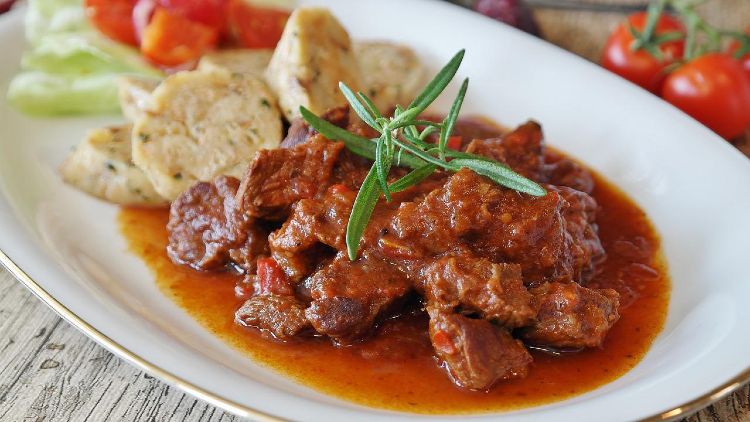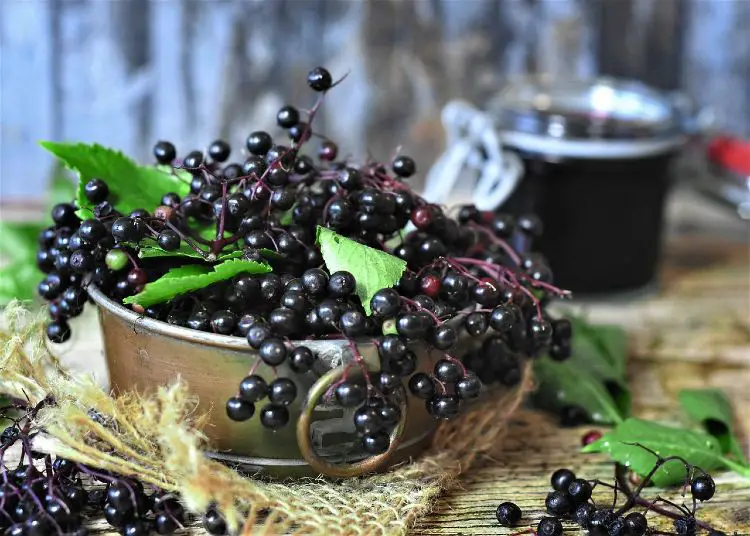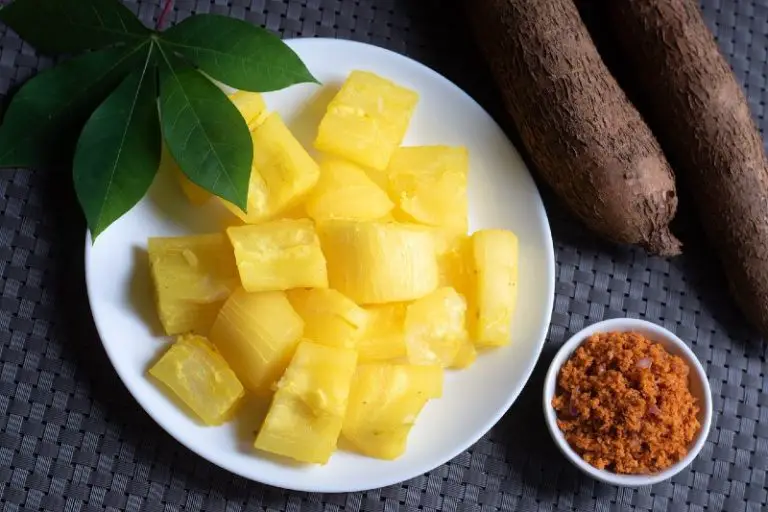Gujarati Thali Cookery Course with Urvashi Roe
Gujarat is a coastline state in Western India, home to 60 million Hindus who are primarily vegetarian. Gujarati thalis {or “plates”} consist mainly of flat bread {rotli}, dal dishes {made with split pulses}, boiled rice and pickles. The food writer, baker and cookery teacher Urvashi Roe recently taught a Gujarati Thali course at Rachel Demuth’s Vegetarian Cookery School in Bath, and my Italian mother and I spent an extremely interesting day learning the fundamentals of this healthy, fragrant and delicious cuisine.
Holistic, Ayurvedic principles underpin much of the methodology and ingredient choice behind Gujarati recipes, and Urvashi introduced the course by going through the different fundamental spices, herbs, fruit and vegetables that are necessary to create the main dishes.
Many root vegetables, and particularly onions, are believed to bring on lethargy, and as a result are absent from many dishes; Garam Masala is best eaten when feeling cold or feverish; papaya is believed to be too high in progesterone during pregnancy; dried mango powder and pink peppercorns are good for the digestion and ginger and turmeric are good for the brain. Urvashi showed us her lidded dowry spice box, given to girls when they enter into marriage as they must bring everything they need into their new household.
We all looked with utter fascination at the brightly coloured turmeric, dry chillies, cumin, mustard, coriander seed and cumin compartments of her round, stainless steel container as well as at the array of unfamiliar vegetables spread out on the work table before us.
We learned that Guwar are long, thin, flat legumes that are quite similar to French beans; a velun is an Indian wooden tapered rolling pin for making flat, wafer thin breads; Amchoor powder is made from dried unripe mangoes and is used to create a sour flavour to curries, as well as tamarind paste, a thick, treacly liquid, and a tindoor is like a miniature cucumber or marrow.
We split into small groups and, assisted by Jo Ingleby who is a Chef at the cookery school, Urvashi demonstrated the recipes. We all set to washing, slicing, frying, stirring and preparing in a huge, light filled cookery school room, overlooking the River Avon in central Bath. The class sizes are never huge so that individual attention can be given to each student, and both Urvashi and Jo came round each stove to answer questions and repeat techniques we did not understand.
The most important demonstration was the tempering of the spices in hot olive oil, which produced a warm and earthy aroma in the cookery school. In Gujarat this task would most probably be done on a wood burning fire outdoors. As the spices spat and sizzled in the hot oil, the smells and sounds of India filled this grey, rainy day in Bath.
Urvashi’s nimble, slender fingers rolled out rotlis at the speed of summer lightening, while the rest of us laughed and despaired at our feeble attempts. It takes time to become a skilled rotli maker, but once you have mastered the knack of moving the velun rolling pin from side to side, we were assured, it was like riding a bicycle. The rotli were fried in a hot pan, till crispy and browned.
In the light, open-plan airy kitchen we made shak curries, dhals, tomato and tamarind chutneys, coriander and coconut chutneys, chaat street food snacks, dahl bhajia [black eyed peas cooked with ginger, garlic, chilli and cumin}, rotli {a type of Gujarat chapatti breads} and shrikhand, which is a firm, yoghurt pudding flavoured with jiggery sugar, cardamom, saffron and pistachio nuts.
Traditionally, in Urvashi’s family, the women of the household would start cooking early in the morning. Merchants would come to the house every day to sell ghee {clarified butter}, fresh yoghurt, spices and snacks. Over a hot, aromatic cup of chaai, and whilst eating spicy pinwheel biscuits and very sweet condensed milk iced cakes, called penda, Urvashi described how her life as an Indian growing up in Tanzania, as well as India, has shaped her cooking style and attitudes to health, wellbeing, marriage and parenting. Family, conversation, nurturing and friendship are the cornerstones of the convivial Gujarati kitchen and dining table, much the same as in Italian households. Recipes and skills are passed down the matriarchal line and the ability to source, prepare and present a good meal is considered very important in Gujarati culture.
What became apparent very quickly is that there are no hard and fast rules in creating these dishes: with the chaat snacks, for example, we were able to create our own, personal concoctions, choosing from boiled new potatoes, chickpeas, fresh coconut, mango, fresh coriander, chilli and tamarind paste. Urvashi commented frequently on how her father, a traditionalist, preferred a dish one way, whereas her two daughters preferred it another, so flexibility is key in the Roe household. Urvashi has left an online legacy to her daughters, charting her ideas, recipes and stories in her Blog, Gujerati Girl.
At the end of the cookery course we abandoned aprons and saucepans, for the cool, fresh upstairs dining room, where thali plates had been laid out for us to pick and choose what we wanted to eat. Chilled white wine was poured and we all sat together to enjoy the fruits of our labours. Although we used forks, knives and spoons, Gujaratis generally use their rotli flat breads to scoop up the different dahls and shaks.
My 76 year old mother was captivated throughout the course. I bought her a special pestle and mortar for her to grind her own Indian spices. It may be a very long way from her native Lombardy, but Gujarati vegetarian cookery has left a significant imprint on her already sound knowledge of Indian cookery. This cuisine is very light, healthy, fresh and nourishing, its wide range of dishes ideal for supper parties and family gatherings. It is also delightful and joyful to prepare.
Further Information
Urvashi Roe has two websites: www.Gujeratigirl.wordpress.com and also www.thebotanicalbaker.wordpress.com
Follow Urvashi on Twitter: @BotanicalBaker and also @GujeratiGirl.
Vegetarian Cookery School in Bath: www.vegetariancookeryschool.com
Follow on Twitter: @Demuths and also @vegcs


